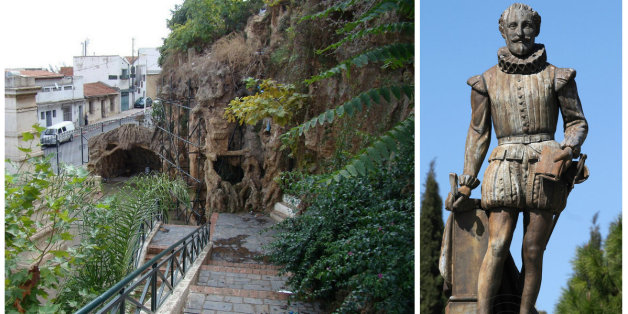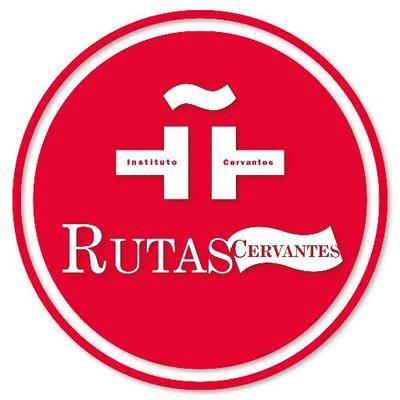Cervantes: an elusive character

Adriana Lassel, author of Five Years with Cervantes, hosted Friday afternoon at the Safex, a meeting around her historical novel. This meeting organized by the Spanish Embassy in Algeria and the Cervantes Institute of Algiers is part of the activities of the Institute at the XVII International Book Fair of Algiers. In her novel, Adriana Lassel reviews Miguel De Cervantes' five years of captivity in Algiers. An important period in his life, because after his release and his return to Spain, Cervantes began producing plays and also wrote his undisputed masterpiece, Don Quixote. The author, who has taught for many years at the Institute of Foreign Languages in Algiers, said that this book deals with the history of Cervantes from an Algerian point of view. It is, for her, the look of an Algerian on the work of this author. Indeed, and in addition to telling his years of captivity, Adriana Lassel demonstrates how his captivity - so his years in Algiers - transformed and shaped. Adriana Lassel has always been interested in this character, especially since she specialized in the work of Cervantes and the Muslim world. She supported during the meeting that the search for traces of Cervantes was somewhat difficult, because the character is elusive, very complex, and it is difficult to find the truth.
Details
In the cave of Cervantes

Tuesday evening, the National Library of Hamma moved to the cave where Miguel de Cervantes had once taken refuge! The place faces the Garden of Test, an ageless bush square adjacent to the building, recent and austere, which houses the National Library of Algeria. And further on, to the foaming sea by which Don Quixote's father arrived in chains, in the year of grace 1575. The Spanish poet was captured on the high seas, while heading for his country, and imprisoned by Algerian pirates. He was released after five years in prison, and four attempts failed escape, thanks to a ransom (five hundred gold crowns) reunited by his family. One of the episodes in which the poet tried to flee saw him occupy for several months this cave, which an accomplice dug for him, before being denounced and returned to captivity. It is in this disenchanted past of the poet that the institutional eruption took place, after so many years of deliberate forgetfulness. On the small courtyard surrounding the cave, the National Library - which intends to translate and publish a poetry collection and a play of the poet - organized a poetic evening. An evening lacking flavor and color, which has given to listen to all-out declamatory vervors, ranging from the pastiche of Mahmoud Darwich to the patriotic prose to the glory of Algeria. Also on the program was a theatrical performance given by young Inad students. As a reminder, the first tribute paid to Miguel de Cervantes at this location dates back to 1887, when a memorial plaque was placed, the last in 1926 when a square was built and a pyramid was erected on which were reproduced Spanish arms. Before the intervention of the APC of Belouizded, these last years saw this place turn into a benchmark where came to take refuge from the eyes of the rascals adepts of the excess, as there are so much in its variegated districts of the capital.
Details
Cervantes Institute of Algiers Round table: Hispanic women in positions of responsibility

On the occasion of the International Day of Working Women, the Cervantes Institute of Algiers and the Embassy of Spain in Algeria, in collaboration with the Embassy of Cuba in Algeria, organize a round table entitled "Spanish-speaking women in positions of responsibility ", Monday, March 11 at 18h, in the Hall of Acts of the Cervantes Institute of Algiers. The speakers are: Dr. Doris of C. Sierra Pérez, national coordinator of the maternal and child health program of the Cuban Medical Brigade in Algeria. Ana Soldevilla, international director of the Spanish group Satec, integrator of value-added technological solutions. The round table is in Spanish with simultaneous translation into French.
Details



